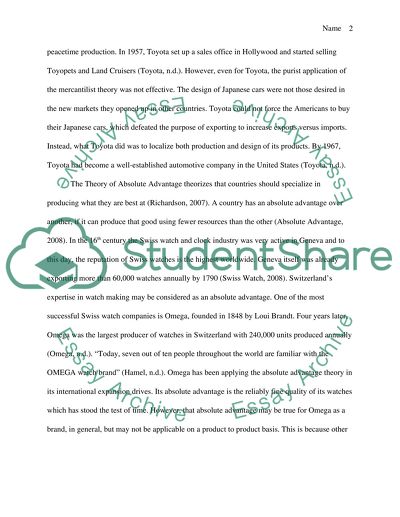Cite this document
(International Expansion Case Study Example | Topics and Well Written Essays - 2346 words, n.d.)
International Expansion Case Study Example | Topics and Well Written Essays - 2346 words. Retrieved from https://studentshare.org/marketing/1510276-international-expansion
International Expansion Case Study Example | Topics and Well Written Essays - 2346 words. Retrieved from https://studentshare.org/marketing/1510276-international-expansion
(International Expansion Case Study Example | Topics and Well Written Essays - 2346 Words)
International Expansion Case Study Example | Topics and Well Written Essays - 2346 Words. https://studentshare.org/marketing/1510276-international-expansion.
International Expansion Case Study Example | Topics and Well Written Essays - 2346 Words. https://studentshare.org/marketing/1510276-international-expansion.
“International Expansion Case Study Example | Topics and Well Written Essays - 2346 Words”, n.d. https://studentshare.org/marketing/1510276-international-expansion.


